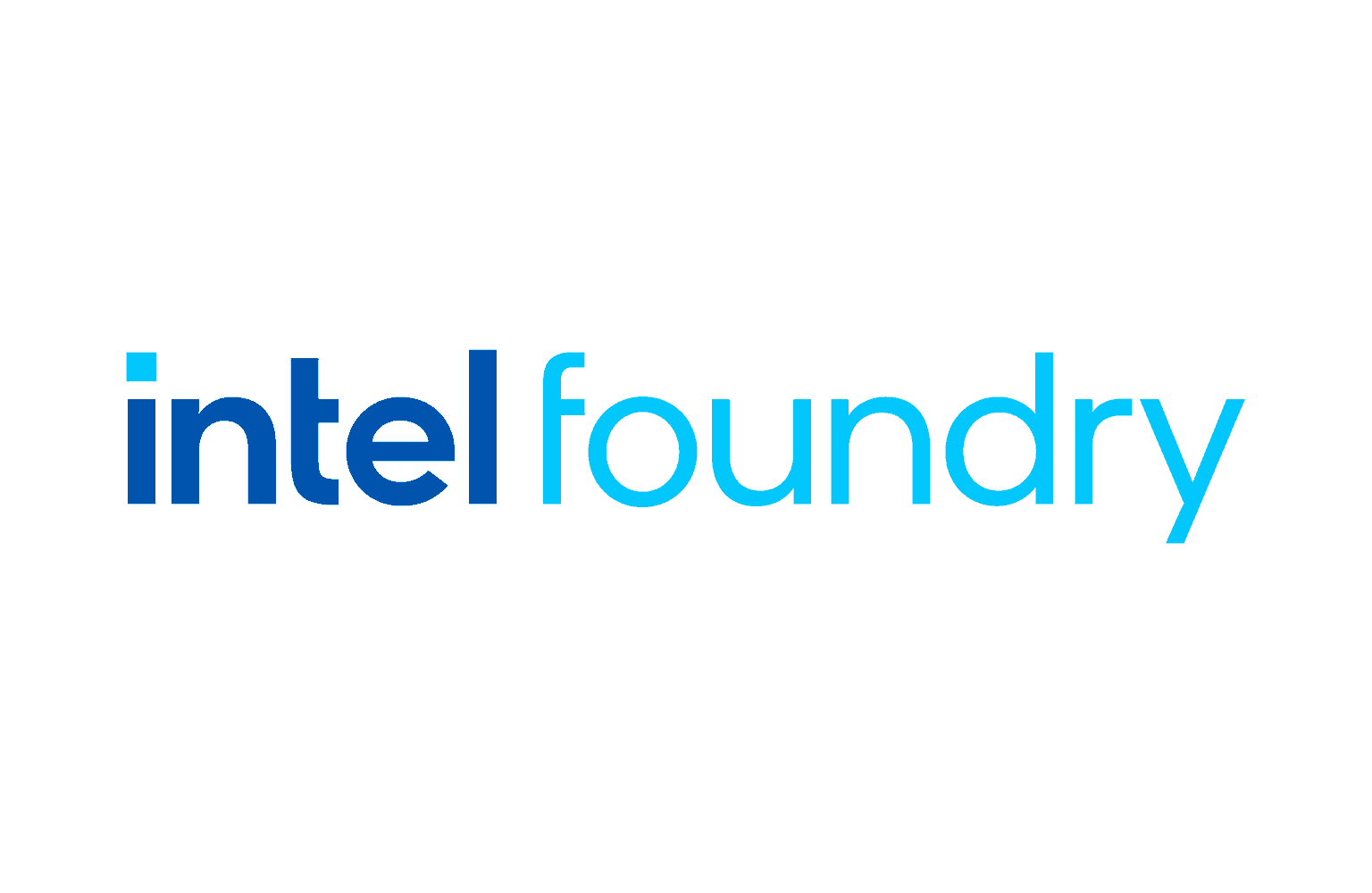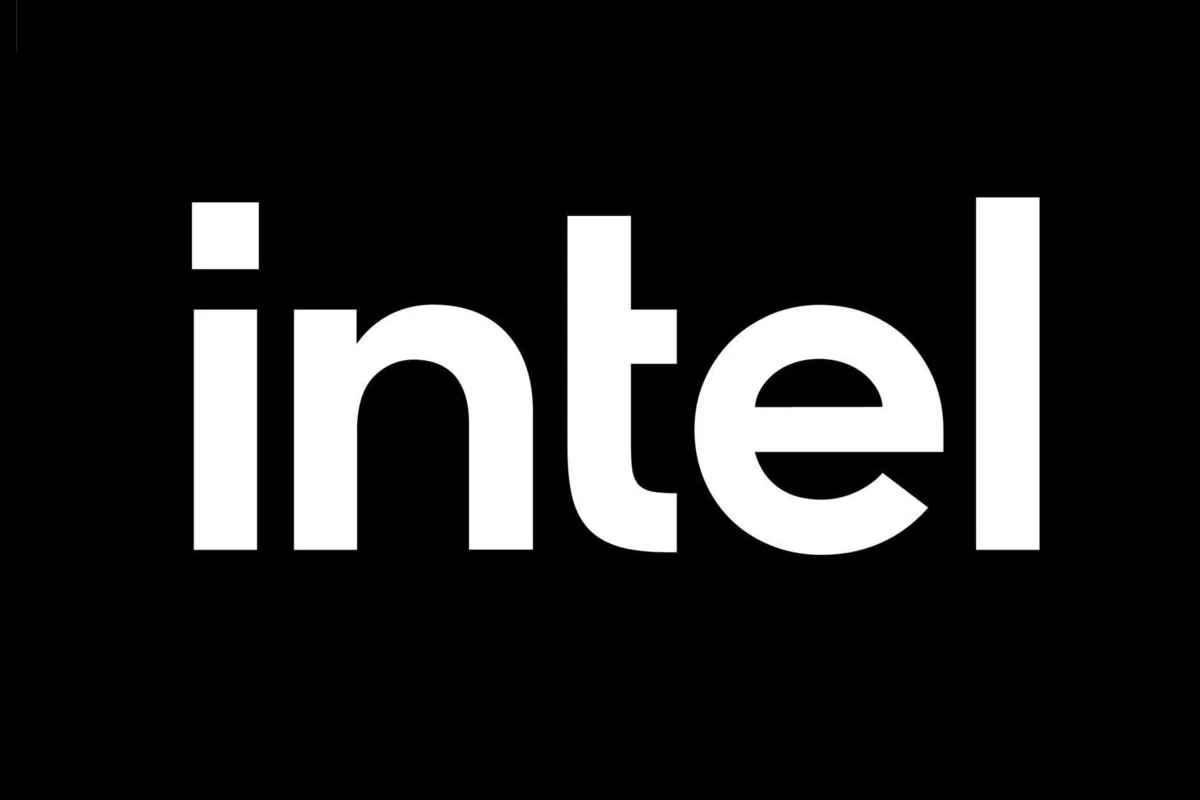Intel is considering a major strategic shift. The company may spin off its foundry business to focus solely on chip design. This potential move comes as Intel faces stiff competition and declining revenues in recent years.
Intel’s plan to spin off its foundry business could reshape the semiconductor industry landscape. The company aims to reverse billions in losses and revive its stock price. CEO Pat Gelsinger announced steps to transition the chip foundry division into an independent entity. This decision could allow Intel to concentrate on its core strengths in chip design and innovation.
The spin-off could have significant implications for the U.S. semiconductor industry. It may boost domestic chip manufacturing capabilities. However, some experts argue this move risks gutting Intel’s core business. The success of this strategy remains to be seen as Intel navigates a highly competitive market.

Intel’s Potential Foundry Shift
The Whispers of Change
Recent reports and industry discussions suggest Intel is seriously considering a significant restructuring: spinning off its foundry business. This move could reshape the semiconductor landscape, with Intel potentially focusing primarily on chip design. This isn’t just idle chatter; there are compelling reasons behind this potential shift.
Why Consider a Spin-Off?
Several factors likely contribute to this consideration. First, Intel faces intense competition from companies like TSMC and Samsung in the foundry space and AMD and Nvidia in the CPU and GPU space. This has impacted its market share and financial performance. Second, separating the foundry business, known as Intel Foundry Services (IFS), could attract more customers who might be wary of working with a direct competitor. Finally, building and maintaining advanced chip fabrication plants (fabs) is incredibly expensive. A spin-off could make it easier for IFS to secure the necessary investment.
What is Intel Foundry Services (IFS)?
IFS is Intel’s existing business unit that manufactures chips for other companies. It’s a key part of Intel’s strategy to become a major player in the foundry market. A spin-off would turn IFS into an independent entity, operating separately from Intel’s chip design and manufacturing operations.
The Integrated Device Manufacturer (IDM) Model and its Challenges
Intel has traditionally operated as an Integrated Device Manufacturer (IDM), handling both chip design and manufacturing in-house. This model has advantages, but it also presents challenges. Separating these functions would require a significant organizational overhaul and could introduce new complexities in the supply chain. Intel would still rely on the spun-off foundry for its manufacturing needs, making a strong relationship vital.
Potential Benefits of a Spin-Off
A spin-off could offer several benefits. It could unlock value for shareholders by creating two distinct, focused companies. IFS could attract investors specifically interested in the foundry business, while Intel could concentrate on its core competency of chip design. This could lead to greater efficiency and innovation in both areas.
Key Considerations and Potential Impacts
| Factor | Potential Impact |
|---|---|
| Competition | Could make IFS more competitive by attracting customers wary of working with a direct competitor. |
| Investment | Could facilitate easier access to capital for IFS to build new fabs. |
| Organizational Change | Would require significant restructuring within Intel. |
| Supply Chain | Could introduce new complexities in managing the relationship between Intel and the spun-off foundry. |
The Future of Intel’s Foundry Business
While a spin-off is under consideration, no final decision has been made. The semiconductor industry is constantly evolving, and Intel’s strategic moves will significantly impact its future. This potential shift toward a more design-focused model could mark a new chapter for the company.
Key Takeaways
- Intel plans to separate its chip manufacturing from design operations
- The spin-off aims to reverse financial losses and boost stock value
- This move could significantly impact the U.S. semiconductor industry
Strategic Implications of Intel’s Potential Spin-Off
The semiconductor industry is bracing for a potential shake-up as rumors intensify about Intel considering a major strategic shift. The chip giant is reportedly exploring the possibility of spinning off its foundry business, a move that would allow the company to double down on its core strength: chip design. This potential change reflects the intense competition and evolving dynamics within the global semiconductor market.
Intel’s potential spin-off of its foundry business could reshape the company’s structure and competitive position. This move may impact Intel’s core operations, market dynamics, and leadership strategy.
Impact on Intel’s Business Model
A spin-off of Intel’s foundry business would mark a significant shift in the company’s integrated device manufacturer (IDM) model. This change could allow Intel to focus on chip design and innovation. The company might gain flexibility to use external foundries for manufacturing.
Intel’s revenue structure would likely change. The foundry business generated $27 billion in 2021. A spin-off could reduce Intel’s overall revenue but potentially improve profit margins.
The move might affect Intel’s ability to optimize chip designs for its manufacturing processes. This could impact the company’s competitive edge in performance and power efficiency.
Prospects for Intel’s Foundry Services
As a standalone entity, Intel Foundry Services could compete more directly with other major foundries. The business would need to attract external customers to succeed.
Intel Foundry is setting up a separate operational board. This step suggests preparation for potential independence. The spin-off could allow the foundry to make decisions independently of Intel’s chip design business.
The foundry’s success may depend on its ability to catch up with leading-edge manufacturing technologies. Intel has faced challenges in recent years keeping pace with competitors like TSMC.
The Role of Co-CEOs in Steering Intel Forward
Intel’s co-CEOs, David Zinsner and Michelle Johnston Holthaus, face the task of guiding the company through this potential transformation. Their leadership will be crucial in executing the spin-off strategy if pursued.
The executives must balance the interests of Intel’s design business with the potential of an independent foundry. They need to ensure both entities can thrive separately.
Co-CEOs will also need to navigate the political implications of the spin-off. Intel has received nearly $8 billion in CHIPS Act funding. This could complicate the separation of the foundry business.
Market Dynamics and Competitive Landscape
Intel’s potential spin-off of its foundry business could reshape the semiconductor industry. This move would impact national security concerns, alter competitive dynamics, and influence investment strategies in the chip manufacturing sector.
Semiconductor Manufacturing and National Security
The semiconductor industry plays a crucial role in national security. Chip production is vital for defense systems, communications, and critical infrastructure. The U.S. government has invested heavily in domestic chip manufacturing through the CHIPS and Science Act.
Intel’s foundry capabilities are strategically important. A spin-off could affect the U.S.’s ability to produce advanced chips domestically. This raises questions about supply chain resilience and technological independence.
The company recently secured a $3.5 billion contract from the Pentagon. This highlights the government’s reliance on Intel’s manufacturing prowess for defense-related chip production.
Intel versus TSMC and Other Competitors
Intel faces stiff competition in the chip manufacturing space. TSMC leads the foundry market, with advanced process nodes and a large customer base. Samsung and GlobalFoundries are also significant players.
A potential spin-off could create a new major foundry competitor. This might alter the balance of power in the industry. It could offer customers more choices for chip production.
Intel’s design business would need to compete with fabless companies like AMD and Nvidia. These firms have gained market share in recent years, challenging Intel’s dominance in PC and server chips.
Investment Decisions and Financial Health
Intel’s financial performance has been under pressure. The company reported significant operating losses in recent quarters. This has led to cost-cutting measures, including layoffs and potential cancellation of expansion plans.
A spin-off could attract new investments to the foundry business. It might also allow Intel to focus resources on chip design and development. This strategy aims to improve financial health and competitiveness.
The company’s stock price has reacted positively to news of potential restructuring. Investors see potential in separating the capital-intensive manufacturing from the higher-margin design business.







